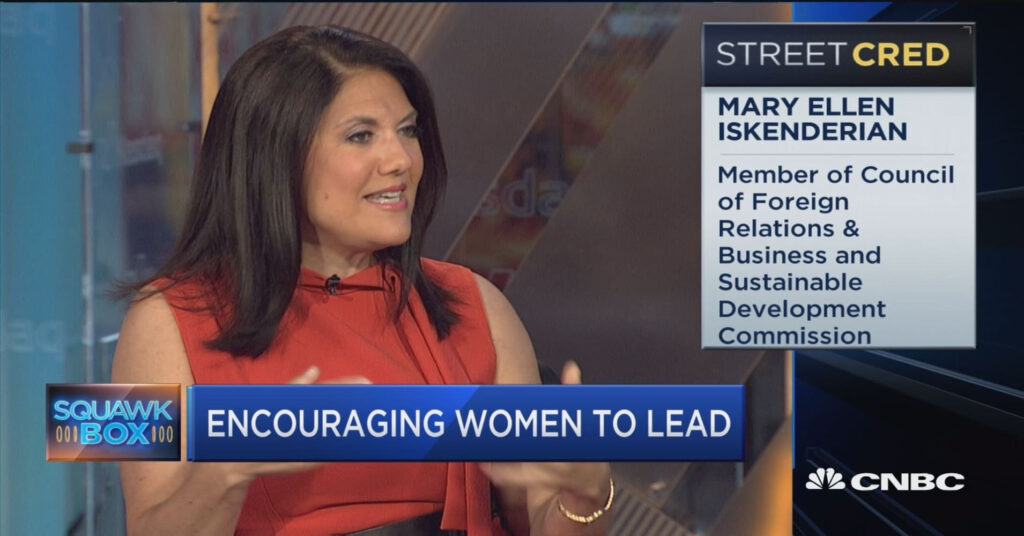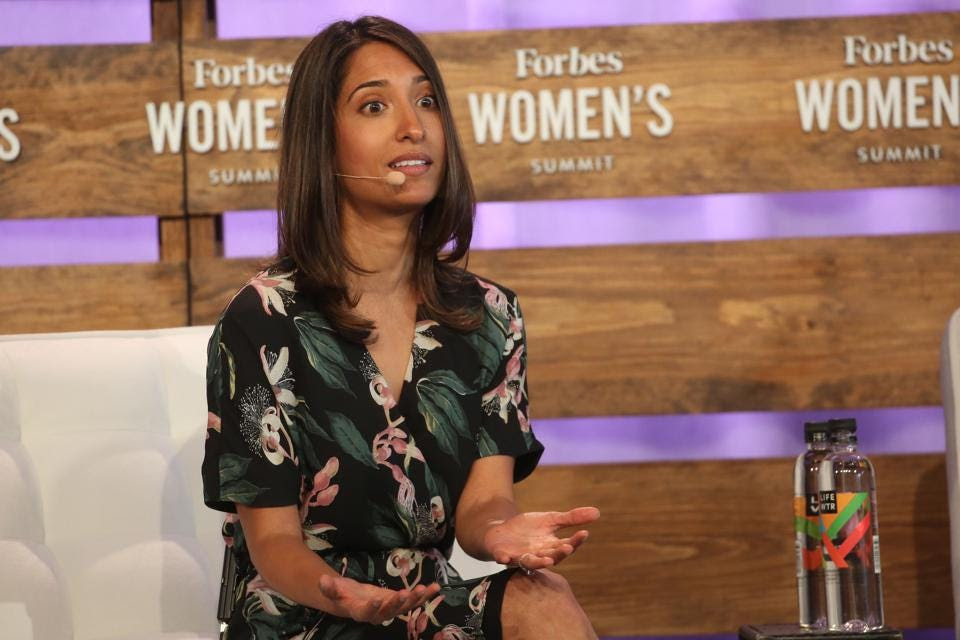28 July 2022 | FinTech
Fintech Combats Exclusion for Female Entrepreneurs
By
Revenue-driving strategies and gender-inclusive finance are not mutually exclusive.
Financial services could generate $700 billion in additional revenue by doing nothing more than providing services to women at the same rate it’s offered to men.
For context, this $700 billion opportunity is almost double the size of Elon Musk’s net worth.
Thinking of inclusion on a broader scale, we’re definitely making progress.
The global gender gap (which measures inclusion across economic, health, and political empowerment) has been closed by 68% in 2022.
HOORAY!

At the current rate of progress, it will take 132 years to reach full parity…
making that additional $700 billion opportunity we could be making toward female economic empowerment even more enticing.

Mary Ellen Iskenderian, President and CEO of Women’s World Banking, lays out these stats and the business case for closing the gender gap in financial services via her recently released book, There’s Nothing Micro About a Billion Women.
Mary Ellen has dedicated her career to establishing fintech innovation as a human rights and women’s rights imperative. (Yes, she’s an absolute force – follow her!)
Her case: Fintech is building momentum for financial organizations to bridge the digital gender gap & drive economic equality.
Yet, 742 million women worldwide are still excluded from the global economy.
The ideology of microfinance has kept financial inclusion from moving past its tipping point.
Microfinance is a category of financial services targeting individuals and small businesses who lack access to conventional banking and related services.

Quick history lesson by Mary Ellen
Microfinance was born in the 1970s and provided small unsecured loans to poor people to help them start and grow businesses.
Loans typically had very high-interest rates but also very high repayment rates.
So soon enough, microfinance became the silver bullet to solving poverty.
It captured the world’s attention and the attention of the capital markets because it was seen as a powerful way of doing well by doing good.
Loans had 100% repayment rates, microfinance institutions earned returns on assets at 5% when regular commercial banks struggled to achieve even 2% returns, and you had billions of dollars of capital flowing into microfinance institutions to support these loans.
But they weren’t regulated.
This resulted in many impoverished and vulnerable people ending up with too much debt.
Just having debt made available isn’t the complete solution.
So one of the most exciting developments since those early days of microfinance is financial services through mobile phones (fintech here!)
But people need the confidence to navigate the technology to take full advantage of those financial services.
This is where Women’s World Banking (WWB) comes in.
Most recently, WWB and the UN Capital Development Fund announced the launch of the Women’s Digital Financial Inclusion Advocacy Hub, a new global coalition to catalyze collective action to increase women’s digital financial inclusion.
The coalition aims to close the gender gap in access to digital technology, skills, and digital financial products for women entrepreneurs – particularly in developing countries.
That’s because unequal access to technology – specifically smartphone and mobile internet – imperils this progress and could drive further exclusion.
More than 6 million women-owned Micro, Small, and Medium Enterprises (MSMEs) are in developing countries, with nearly 20% of working-age women owning a business.
These businesses create additional income for their families and give women autonomy and agency. But unfortunately, many MSMEs operate outside the formal economy and lack access to financial products and services that enable businesses to thrive.
But digital platforms are not automatically inclusive. Instead, they must be intentionally designed to account for the hurdles women and underrepresented groups face in using or accessing them.
Women are now 16% less likely than men to use the mobile internet, which equates to 264 million fewer women than men using mobile internet, according to GSMA’s Mobile Gender Gap Report.
One fintech leader & company that stands out to me when thinking of global financial inclusion is Shivani Siroya, CEO & Founder of Tala.

Shivani, a former Wall Street analyst who had worked at the United Nations, founded Tala. This startup uses cellphone data to establish creditworthiness for people rejected by banks in the developing world.
In October 2021, Tala raised $145m Series E, making it the largest financial platform for the globally ‘underbanked’ populations.
Expanding access to financial services and the opportunities that come with the ability to invest in one of our core values at WTFintech?
And Tala is emerging as a critical player in this mission.
Their main product is a lending app that underwrites and offers credit to users with little or no borrowing history, particularly in Southeast Asia and Latin America.
Tala’s success is also progressing gender equity in fintech.
Only 12% of global fintech founders and co-founders are women, and only 6% of fintechs have female CEOs. So Shivani working and sitting in her seat is critical in developing a more equitable society.
When too few women work in fintech, and even fewer fintechs have gender-inclusive leadership, then the lack of diversity at the top translates into a lack of inclusive products, which translates to a gender gap in fintech usage.
Tala’s business is an excellent example of how fintech can support democratic participation and expand opportunities for underserved populations.
Plus, fintechs have the potential to drive gender-inclusive finance, but fintech operators must address gender diversity in the c-suite to fulfill that promise.
Bonus: While we are fintech industry leaders, we must also be much more conscientious consumers of our financial services.